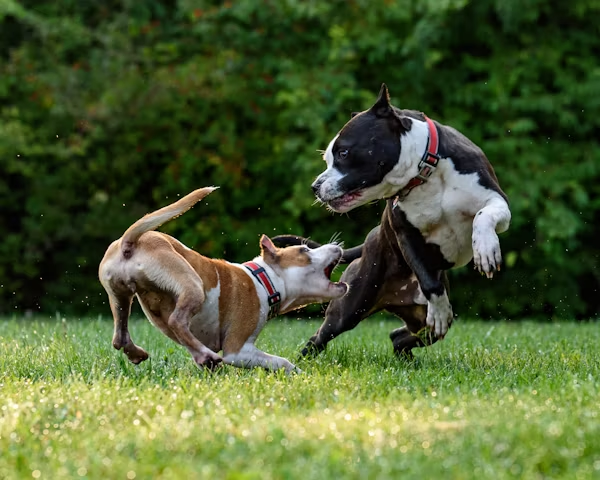How to Create a Pet-Safe Backyard

Creating a pet-safe backyard is essential for ensuring your furry friends can enjoy the outdoors without risks. A well-designed pet-friendly yard provides a safe space for play, exploration, and relaxation. Here’s a comprehensive guide on how to create a backyard that’s both secure and enjoyable for your pets.
1. Secure Fencing
Why It Matters: Proper fencing is crucial for preventing your pets from escaping and keeping unwanted animals out.
- Height: Ensure the fence is tall enough to prevent jumping. For dogs that are good climbers or jumpers, consider a fence that’s at least 6 feet high.
- Material: Use sturdy materials like wood, vinyl, or metal. Avoid fences with gaps or spaces where small animals can squeeze through.
- Underground Barrier: For diggers, install an underground barrier or extend the fence into the ground to prevent tunneling.
2. Safe Landscaping
Why It Matters: Certain plants and landscaping features can be harmful or toxic to pets.
- Non-Toxic Plants: Choose pet-friendly plants such as marigolds, sunflowers, and petunias. Avoid toxic plants like azaleas, lilies, and oleander.
- Mulch: Use pet-safe mulch options like cedar or pine, and avoid cocoa mulch, which is toxic to dogs.
- Ponds and Pools: Ensure any water features are securely fenced off or have a shallow entry to prevent drowning accidents.
3. Safe Play Areas
Why It Matters: Designated play areas help keep pets entertained and active.
- Grass vs. Artificial Turf: Natural grass is ideal, but if you opt for artificial turf, ensure it’s pet-friendly and doesn’t get too hot in the sun.
- Play Equipment: Install safe and durable play equipment, such as agility tunnels or pet-friendly climbing structures.
- Shaded Spots: Provide shaded areas to prevent overheating. Pet-safe shelters or shade sails work well.
4. Toxic Chemicals and Plants
Why It Matters: Chemicals and certain plants can be harmful if ingested or contacted.
- Pesticides and Fertilizers: Use pet-safe options or natural alternatives. Avoid applying chemicals while your pets are in the yard.
- Compost: Ensure compost piles are securely contained and not accessible to pets, as some composted materials can be harmful.
5. Secure Trash and Recycling Bins
Why It Matters: Pets can rummage through trash and recycling, which can lead to accidents or ingestion of harmful substances.
- Bins with Lids: Use bins with secure lids or pet-proof containers to keep waste inaccessible.
- Regular Disposal: Dispose of trash and recyclables regularly to avoid tempting your pets with leftovers.
6. Pet-Safe Furniture and Accessories
Why It Matters: Outdoor furniture and accessories should be safe for pets to avoid injury or ingestion of harmful materials.
- Non-Toxic Materials: Choose outdoor furniture made from non-toxic, pet-friendly materials. Avoid items with sharp edges or small parts that can be chewed or swallowed.
- Comfortable Bedding: Provide comfortable, washable bedding for pets to relax on in the backyard.
7. Proper Drainage
Why It Matters: Proper drainage helps prevent standing water, which can be a breeding ground for pests and bacteria.
- Grading: Ensure the yard is properly graded to direct water away from the play areas.
- Drains: Install drains or create sloped areas to prevent water pooling.
8. Safe Entry and Exit Points
Why It Matters: Properly managed entry and exit points prevent escapes and ensure safe access to the backyard.
- Gates: Use secure gates with latches that are high enough to prevent pets from jumping over.
- Self-Closing Mechanisms: Install self-closing mechanisms on gates to ensure they remain closed.
9. Supervision and Training
Why It Matters: Even a well-designed backyard requires supervision and training to ensure safety.
- Regular Checks: Periodically inspect your yard for any new hazards or maintenance issues.
- Training: Train your pets to understand boundaries and respond to commands to keep them safe in the yard.
10. Emergency Preparedness
Why It Matters: Being prepared for emergencies ensures quick action in case of accidents or health issues.
- First Aid Kit: Keep a pet-specific first aid kit handy, including items like bandages, antiseptics, and pet-friendly medications.
- Emergency Plan: Have a plan for quickly accessing veterinary care in case of emergencies.




